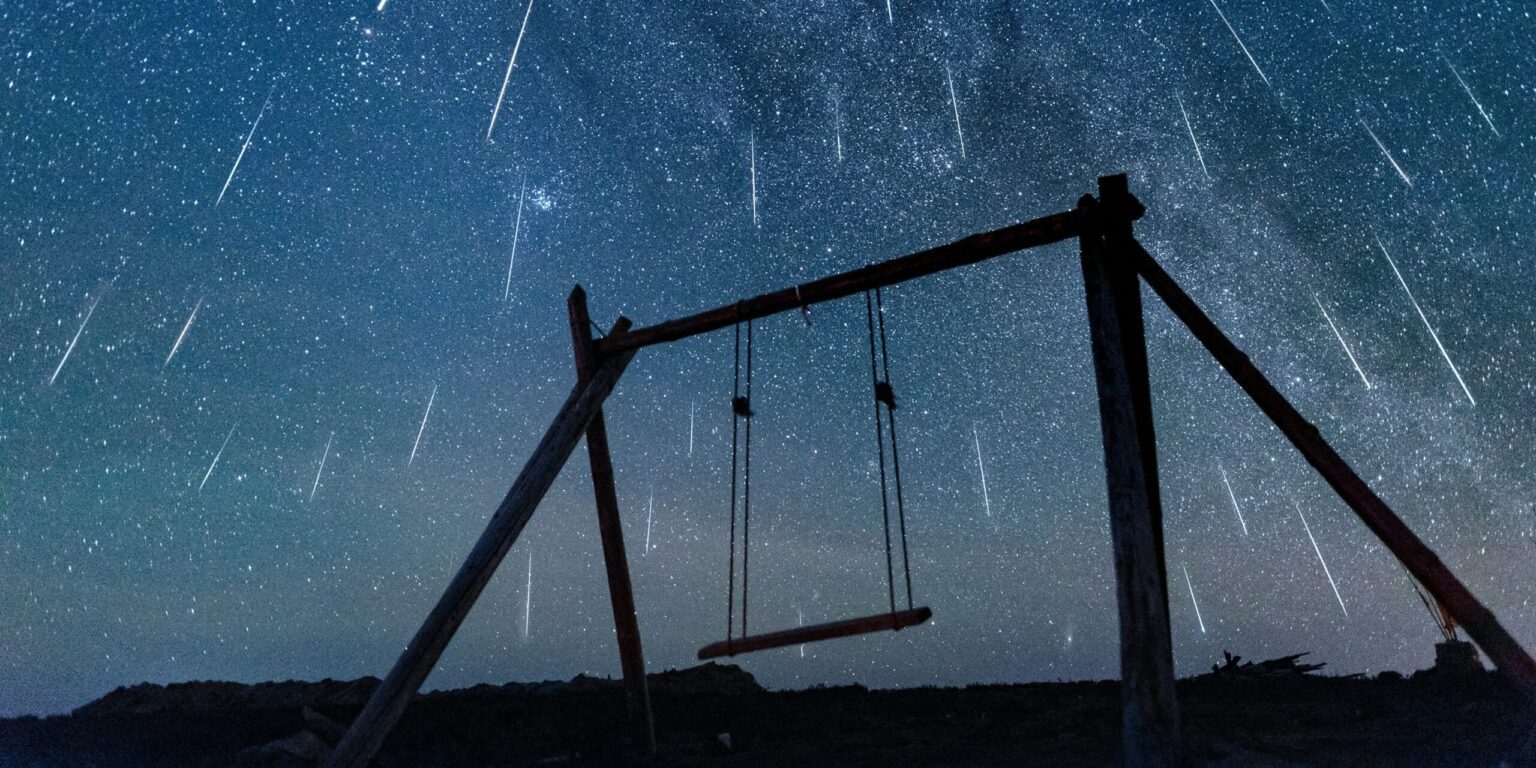On the night of July 29–30, 2025, people around the world gathered beneath the stars to witness a rare celestial event: the simultaneous peak of the Southern Delta Aquariids and Alpha Capricornids meteor showers. With minimal moonlight interference and favorable weather in many regions, the sky offered a natural spectacle of up to 25 visible shooting stars per hour, delighting seasoned astronomers and casual stargazers alike.
The Southern Delta Aquariids, known for their steady stream of faint meteors, were complemented by the Alpha Capricornids, which are famous for their slow-moving, often exceptionally bright fireballs. The convergence of both showers created an ideal viewing window for those fortunate enough to be in dark-sky areas, away from the glow of city lights. Parks, beaches, and rural backroads became informal gathering spaces as people laid out blankets, turned off their devices, and looked up together.
While the science of meteor showers often centers on their origins—fragments of comets burning up as they enter Earth’s atmosphere—the emotional and psychological impact of such events is gaining recognition. Mental health professionals have noted that communal skywatching fosters feelings of awe, perspective, and connection. These moments of shared stillness, often experienced in silence or with whispered conversation, offer a rare chance to disengage from the digital noise of daily life and tune in to something timeless.
Read also: https://mensinsider.com/spectacular-fireball-lights-up-central-u-s-skies/
Experts explain that the experience of awe—defined as a feeling of reverence mixed with wonder—can significantly improve mental well-being. It has been shown to lower cortisol levels, reduce symptoms of anxiety, and increase a sense of belonging. Watching meteors, which appear suddenly and unpredictably, taps into a primal human curiosity and reminds viewers of the vastness of the cosmos and their place within it.
The impact is particularly powerful when experienced collectively. Families, friends, and even strangers often bond during stargazing events, sharing not only the visual wonder but also stories, thoughts, and quiet companionship. In this way, the July meteor showers became more than an astronomical event—they became a social ritual of reconnection and reflection.
In an era increasingly dominated by screens, notifications, and artificial light, events like this serve as natural interventions. They encourage mindfulness, reinforce community, and provide a break from the overstimulation that characterizes modern life. For many, it was the first time in months—or even years—that they had spent a sustained period simply watching the night sky.
Educators and public health advocates are now taking note of the broader implications. There is growing interest in incorporating skywatching and nature-based experiences into wellness and education programs, particularly for young people who spend much of their time indoors and online. Schools, camps, and wellness retreats are beginning to explore how celestial events can be used as tools for social-emotional learning and mental restoration.
The dual meteor showers of July 2025 offered a moment of cosmic choreography that required no tickets, no screens, and no expertise—just the willingness to look up. And in doing so, they offered something increasingly rare: a collective experience of awe that transcended borders, backgrounds, and beliefs.
